-
 Bitcoin
Bitcoin $108,262.4325
-1.40% -
 Ethereum
Ethereum $2,518.2882
-2.94% -
 Tether USDt
Tether USDt $1.0003
-0.01% -
 XRP
XRP $2.2262
-1.71% -
 BNB
BNB $653.9254
-1.55% -
 Solana
Solana $148.1036
-3.11% -
 USDC
USDC $1.0000
0.01% -
 TRON
TRON $0.2829
-1.45% -
 Dogecoin
Dogecoin $0.1639
-4.82% -
 Cardano
Cardano $0.5742
-4.43% -
 Hyperliquid
Hyperliquid $38.9506
-3.95% -
 Sui
Sui $2.9040
-4.34% -
 Bitcoin Cash
Bitcoin Cash $484.8307
-2.62% -
 Chainlink
Chainlink $13.1971
-3.73% -
 UNUS SED LEO
UNUS SED LEO $9.0822
0.51% -
 Avalanche
Avalanche $17.8613
-4.01% -
 Stellar
Stellar $0.2385
-2.26% -
 Toncoin
Toncoin $2.7570
-3.88% -
 Shiba Inu
Shiba Inu $0.0...01145
-3.99% -
 Litecoin
Litecoin $86.9999
-2.43% -
 Hedera
Hedera $0.1538
-3.90% -
 Monero
Monero $313.7554
-2.03% -
 Polkadot
Polkadot $3.3681
-5.08% -
 Dai
Dai $1.0000
0.00% -
 Ethena USDe
Ethena USDe $1.0001
-0.01% -
 Bitget Token
Bitget Token $4.4401
-2.97% -
 Uniswap
Uniswap $6.9644
-8.41% -
 Pepe
Pepe $0.0...09666
-4.79% -
 Aave
Aave $266.5686
-5.04% -
 Pi
Pi $0.4713
-4.95%
How to view Gate.io transaction records? Tutorial on exporting historical data
To export transaction records on Gate.io, log in, navigate to "Transaction History" under "Wallets," and click "Export" to download your data in CSV or Excel format.
Apr 30, 2025 at 03:36 am

Gate.io is a popular cryptocurrency exchange platform that offers a wide range of trading options and services. One of the essential features for users is the ability to view and export transaction records. This tutorial will guide you through the process of accessing and exporting your historical data on Gate.io, ensuring you have a clear understanding of your trading history and financial transactions.
Accessing Your Gate.io Account
Before you can view or export your transaction records, you need to log into your Gate.io account. If you do not have an account yet, you will need to sign up and complete the verification process. Here are the steps to access your account:
- Open your web browser and navigate to the Gate.io website.
- Click on the "Log In" button located at the top right corner of the page.
- Enter your email address and password in the provided fields.
- Complete any two-factor authentication (2FA) if you have it enabled.
- Click on "Log In" to access your account dashboard.
Once you are logged in, you will be able to proceed with viewing and exporting your transaction records.
Navigating to the Transaction History Section
After logging in, you need to navigate to the section where your transaction history is stored. Here’s how you can do it:
- Hover over the "Wallets" tab in the top navigation menu.
- Click on "Transaction History" from the dropdown menu that appears.
This will take you to the page where you can view all your transactions, including deposits, withdrawals, and trading activities.
Viewing Your Transaction Records
On the Transaction History page, you will see a list of all your transactions. The page is designed to provide a comprehensive overview of your activities on the platform. Here’s what you should know:
- The table on the page will display various columns such as Date, Type, Coin, Amount, Fee, and Status.
- You can filter the transactions by using the search bar at the top of the page. For example, you can filter by coin type or transaction type (deposit, withdrawal, trade).
- To view more details about a specific transaction, click on the transaction ID or the "Details" button next to the transaction.
This allows you to review your transactions in detail and ensure that all your activities are accurately recorded.
Exporting Your Transaction Records
Gate.io provides an option to export your transaction history, which can be useful for record-keeping, tax purposes, or further analysis. Here’s how to export your data:
- On the Transaction History page, look for the "Export" button, usually located at the top right corner of the transaction table.
- Click on the "Export" button. A dialog box will appear, allowing you to customize your export.
- Choose the date range for which you want to export the data. You can select a specific period or choose to export all available data.
- Select the file format. Gate.io typically supports CSV and Excel formats.
- Click on "Export" to start the process. Depending on the amount of data, this may take a few moments.
Once the export is complete, you will receive a downloadable file that contains all your transaction records within the specified date range.
Using the Exported Data
After exporting your transaction records, you might want to use the data for various purposes. Here are some tips on how to handle the exported file:
- Open the file using a compatible program such as Microsoft Excel, Google Sheets, or any CSV reader.
- Sort and filter the data as needed. For example, you can sort transactions by date or filter by specific coin types.
- Use the data for tax reporting. Many tax software programs allow you to import CSV files to help with cryptocurrency tax calculations.
- Analyze your trading performance. You can use the data to track your profits and losses, understand your trading patterns, and improve your strategies.
By following these steps, you can effectively use your exported transaction records to manage your cryptocurrency activities on Gate.io.
Frequently Asked Questions
Q1: Can I export transaction records for a specific cryptocurrency only?
Yes, you can export transaction records for a specific cryptocurrency. When you are on the Transaction History page, use the search bar to filter transactions by the desired coin type before clicking on the "Export" button. This will ensure that only transactions related to that specific cryptocurrency are included in the exported file.
Q2: How far back can I export my transaction history on Gate.io?
Gate.io allows you to export your entire transaction history, provided it is available on their servers. Typically, you can export records from the date you created your account up to the present. If you need records older than what is shown on the platform, you may need to contact Gate.io support for assistance.
Q3: Is there a limit to the number of transactions I can export at once?
There is no specific limit mentioned by Gate.io on the number of transactions you can export at once. However, the export process might take longer if you are exporting a large amount of data. If you encounter any issues, consider exporting data in smaller date ranges.
Q4: Can I automate the process of exporting my transaction records from Gate.io?
Gate.io does not currently offer an automated export feature. You will need to manually export your transaction records each time you need them. However, you can set reminders or schedule regular exports to keep your records up to date.
Disclaimer:info@kdj.com
The information provided is not trading advice. kdj.com does not assume any responsibility for any investments made based on the information provided in this article. Cryptocurrencies are highly volatile and it is highly recommended that you invest with caution after thorough research!
If you believe that the content used on this website infringes your copyright, please contact us immediately (info@kdj.com) and we will delete it promptly.
- Bitcoin's Pattern Break: Are HODLers the Key to the Next Surge?
- 2025-07-04 18:50:12
- Bitcoin Price, Trump's Bill, and the $150K Dream: A NYC Take
- 2025-07-04 19:50:12
- Ethereum, LILPEPE, and the July Bounce: Will Pepe Steal ETH's Thunder?
- 2025-07-04 19:10:12
- Binance Institutional Loans: Unlocking 4x Leverage and Zero Interest for Whales
- 2025-07-04 19:15:12
- Bitcoin Bull Run: Analysts Eye Peak in Late 2025?
- 2025-07-04 19:20:13
- Pepe Indicators, Bullish Forecast: Can the Meme Coin Rally?
- 2025-07-04 19:25:12
Related knowledge
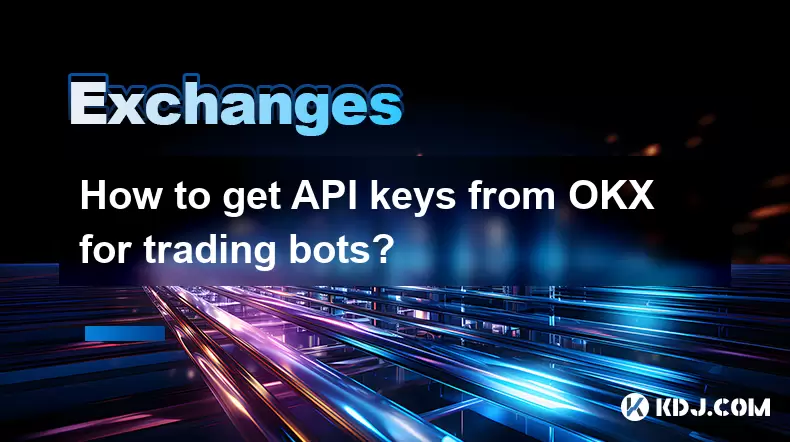
How to get API keys from OKX for trading bots?
Jul 03,2025 at 07:07am
Understanding API Keys on OKXTo interact with the OKX exchange programmatically, especially for building or running trading bots, you need to obtain an API key. An API (Application Programming Interface) key acts as a secure token that allows your bot to communicate with the exchange's servers. On OKX, these keys come with customizable permissions such ...
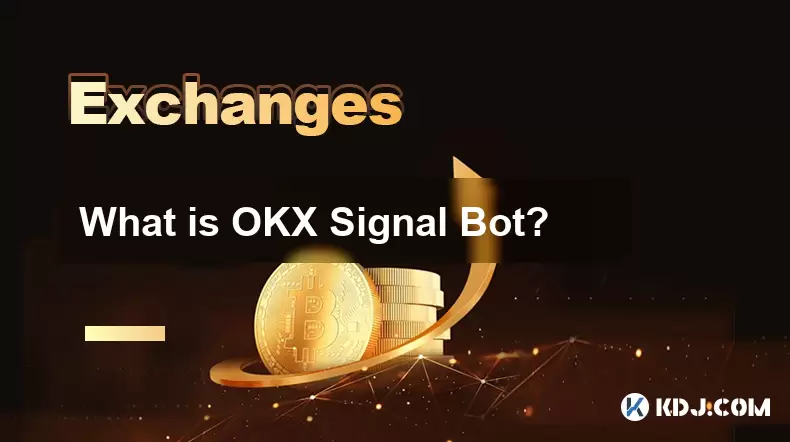
What is OKX Signal Bot?
Jul 02,2025 at 11:01pm
Understanding the Basics of OKX Signal BotThe OKX Signal Bot is a feature within the OKX ecosystem that provides users with automated trading signals and execution capabilities. Designed for both novice and experienced traders, this bot helps identify potential trading opportunities by analyzing market trends, technical indicators, and historical data. ...
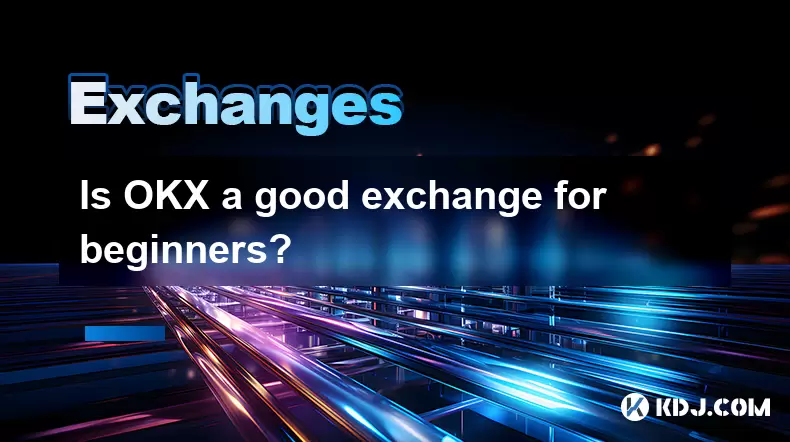
Is OKX a good exchange for beginners?
Jul 03,2025 at 05:00pm
What Is OKX and Why Is It Popular?OKX is one of the leading cryptocurrency exchanges globally, known for its robust trading infrastructure and a wide variety of digital assets available for trading. It supports over 300 cryptocurrencies, including major ones like Bitcoin (BTC), Ethereum (ETH), and Solana (SOL). The platform has gained popularity not onl...
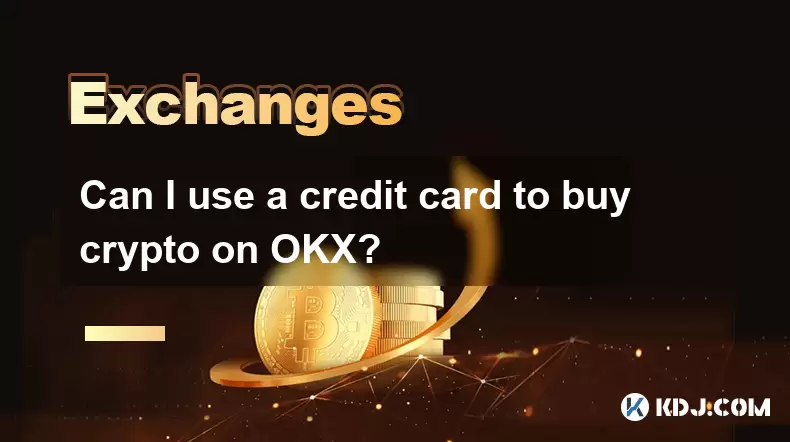
Can I use a credit card to buy crypto on OKX?
Jul 04,2025 at 04:28am
Understanding OKX and Credit Card PaymentsOKX is one of the leading cryptocurrency exchanges globally, offering a wide range of services including spot trading, derivatives, staking, and more. Users often wonder whether they can use a credit card to buy crypto on OKX, especially if they are new to the platform or looking for quick ways to enter the mark...
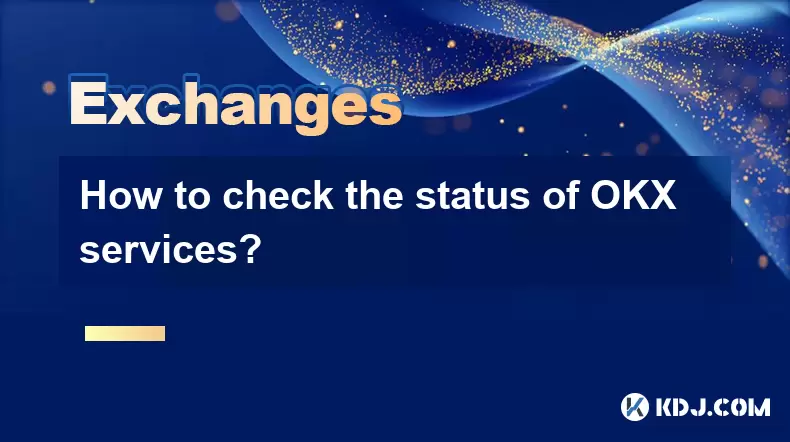
How to check the status of OKX services?
Jul 02,2025 at 11:14pm
What is OKX, and Why Checking Service Status Matters?OKX is one of the world’s leading cryptocurrency exchanges, offering services such as spot trading, futures trading, staking, and more. With millions of users relying on its platform for daily transactions, it's crucial to know how to check the status of OKX services. Downtime or maintenance can affec...
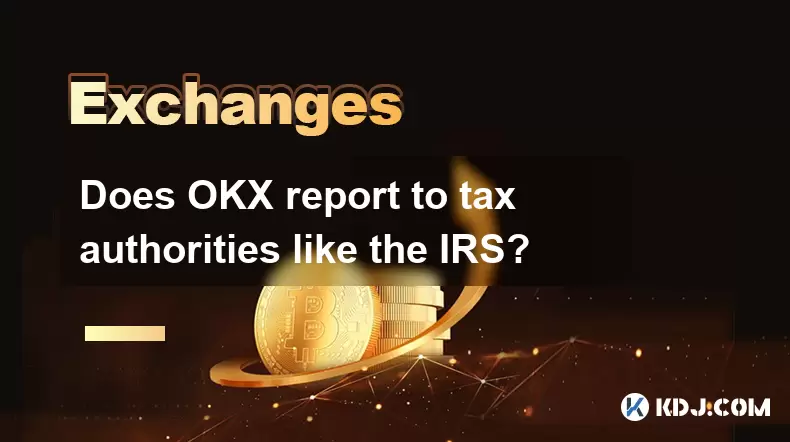
Does OKX report to tax authorities like the IRS?
Jul 03,2025 at 03:14pm
Understanding the Role of Cryptocurrency Exchanges in Tax ReportingCryptocurrency exchanges play a crucial role in facilitating digital asset transactions, but their responsibilities extend beyond trading and custody. As regulatory scrutiny intensifies globally, users are increasingly concerned about whether platforms like OKX report to tax authorities ...

How to get API keys from OKX for trading bots?
Jul 03,2025 at 07:07am
Understanding API Keys on OKXTo interact with the OKX exchange programmatically, especially for building or running trading bots, you need to obtain an API key. An API (Application Programming Interface) key acts as a secure token that allows your bot to communicate with the exchange's servers. On OKX, these keys come with customizable permissions such ...

What is OKX Signal Bot?
Jul 02,2025 at 11:01pm
Understanding the Basics of OKX Signal BotThe OKX Signal Bot is a feature within the OKX ecosystem that provides users with automated trading signals and execution capabilities. Designed for both novice and experienced traders, this bot helps identify potential trading opportunities by analyzing market trends, technical indicators, and historical data. ...

Is OKX a good exchange for beginners?
Jul 03,2025 at 05:00pm
What Is OKX and Why Is It Popular?OKX is one of the leading cryptocurrency exchanges globally, known for its robust trading infrastructure and a wide variety of digital assets available for trading. It supports over 300 cryptocurrencies, including major ones like Bitcoin (BTC), Ethereum (ETH), and Solana (SOL). The platform has gained popularity not onl...

Can I use a credit card to buy crypto on OKX?
Jul 04,2025 at 04:28am
Understanding OKX and Credit Card PaymentsOKX is one of the leading cryptocurrency exchanges globally, offering a wide range of services including spot trading, derivatives, staking, and more. Users often wonder whether they can use a credit card to buy crypto on OKX, especially if they are new to the platform or looking for quick ways to enter the mark...

How to check the status of OKX services?
Jul 02,2025 at 11:14pm
What is OKX, and Why Checking Service Status Matters?OKX is one of the world’s leading cryptocurrency exchanges, offering services such as spot trading, futures trading, staking, and more. With millions of users relying on its platform for daily transactions, it's crucial to know how to check the status of OKX services. Downtime or maintenance can affec...

Does OKX report to tax authorities like the IRS?
Jul 03,2025 at 03:14pm
Understanding the Role of Cryptocurrency Exchanges in Tax ReportingCryptocurrency exchanges play a crucial role in facilitating digital asset transactions, but their responsibilities extend beyond trading and custody. As regulatory scrutiny intensifies globally, users are increasingly concerned about whether platforms like OKX report to tax authorities ...
See all articles

























































































